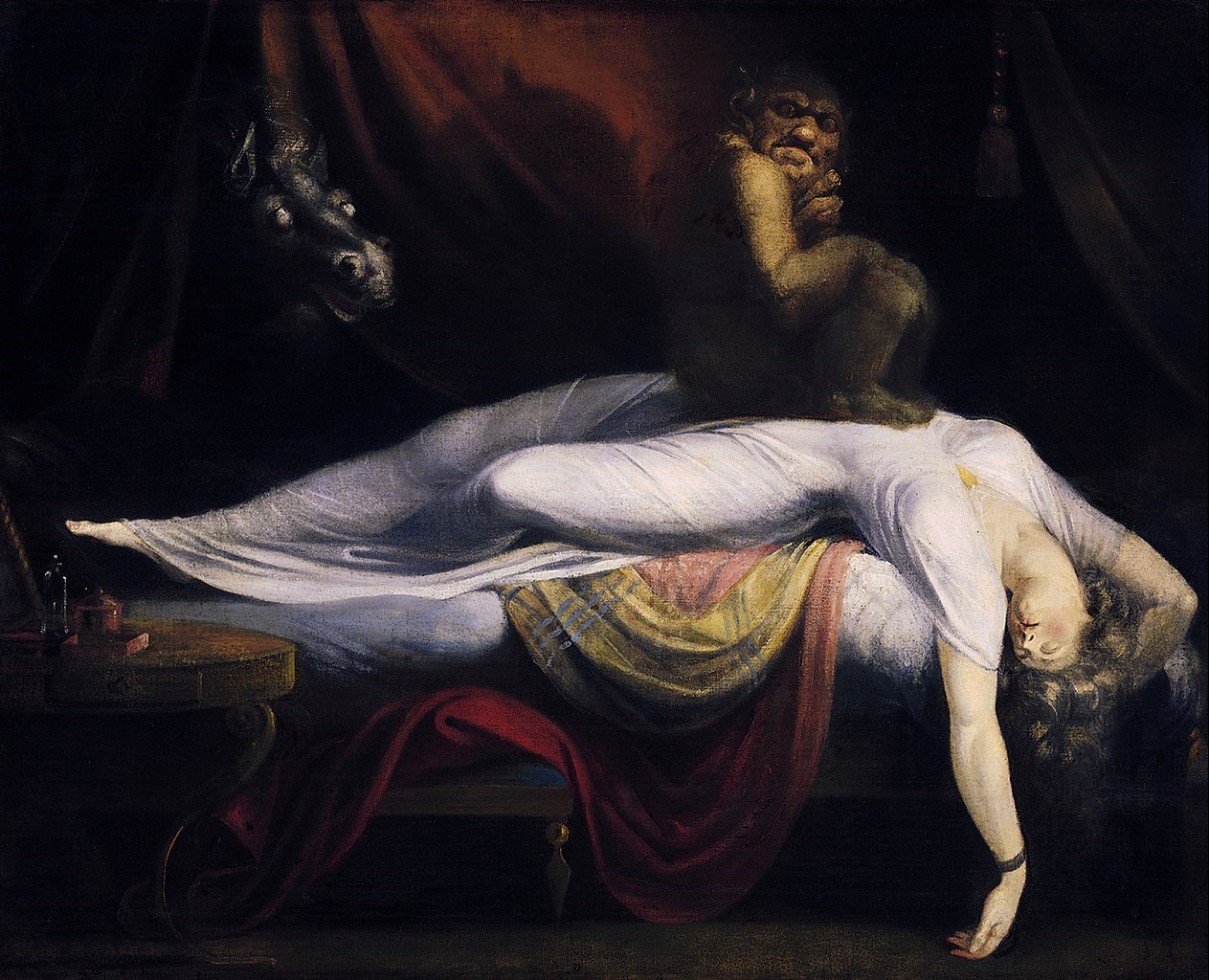MODERN ART
The Art of Anxiety
The early 20th century was a time of major changes, with wars, technological advancements, and shifting social norms shaking up the world. Artists from this period expressed their anxieties and curiosities about these changes through their work. This virtual exhibit features three significant pieces that capture the essence of this era: Marcel Duchamp's Fountain (1917), René Magritte's The Collective Invention (1934), and Natalia Goncharova's Cyclist (1913).
Marcel Duchamp - Fountain (1917)
Marcel Duchamp's Fountain is a key work from the Dada movement, which was all about breaking away from traditional art norms. The piece is literally a porcelain urinal that Duchamp signed "R. Mutt" and submitted to an art exhibition in 1917. It sparked a lot of controversy because it challenged people to think about what art really is. Duchamp was making a statement about how, after the chaos of World War I, old ways of thinking didn't seem to fit anymore.
From an aesthetic point of view, Fountain is quite plain and industrial-looking, which is a huge contrast to the detailed and beautiful art that people were used to. By choosing a regular object and calling it art, Duchamp made everyone rethink their ideas about creativity and art. This piece really captures the confusion and questioning that was going on during that time.
René Magritte - The Collective Invention (1934)
René Magritte, a key figure in the Surrealist movement, is known for his strange and thought-provoking images. In The Collective Invention, Magritte painted a surreal scene of a fish with human legs lying on a beach. This kind of weird mash-up of elements is typical of Surrealism, which explored dreams and the subconscious mind.
Magritte’s work often messes with our sense of reality, making us question what we see. The strange combination of human and fish in The Collective Invention creates a feeling of unease and mystery, highlighting the surrealist fascination with the odd and irrational. The artwork reflects the anxiety of the 1930s, a time when people were unsure about the future and questioning everything they knew.
Natalia Goncharova - Cyclist (1913)
Natalia Goncharova’s Cyclist is a vivid example of Russian Futurism, a movement that embraced the excitement of the modern age. The painting shows a cyclist racing through a chaotic cityscape, representing the speed and energy of new technologies and urban life.
Goncharova uses bright colors and dynamic lines to convey movement and excitement. The cyclist, a symbol of progress, seems to be both part of and overwhelmed by the bustling city around him. This reflects the mixed feelings of the early 20th century—both fascination and fear about the rapid changes brought by new technologies.
These three artworks give us a glimpse into the diverse ways artists responded to the anxieties and changes of their time. Duchamp’s Fountain challenges our ideas about art and reality, Magritte’s The Collective Invention explores the boundaries of what we perceive, and Goncharova’s Cyclist captures the chaotic energy of modern life. Together, they show how art from the early 20th century is still relevant today, as we continue to navigate a world full of change and uncertainty.
Reference Links
"Dada Movement Overview and Analysis." The Art Story, The Art Story Foundation, www.theartstory.org/movement/dada/
"Futurism Movement Overview and Analysis." The Art Story, The Art Story Foundation, www.theartstory.org/movement/futurism/
Urton, Robin. "Surrealism." Robin Urton's Art, robinurton.com/history/surrealism.html






This comment has been removed by the author.
ReplyDeleteHello Julius,
ReplyDeleteI see where Duchamp is coming from with his Fountain piece, making you think "well what really is art". What makes something to be considered art? Still, personally, I do not think I would necessarily call it art.
"The Collective Invention" by René Magritte, what an interesting piece. I can really see where it would represent anxiety, uncertainty, and questioning. It is a painting that I would need a paragraph to go with it to explain what it going on. If I just saw it on a wall somewhere, I would have questions as well!
My favorite of your three pieces if for sure the "Cyclist" by Natalia Goncharova. I love the details and how she threw different glimpses of the city into this piece.
Great job on this post, all of your pieces certainly follow the innovations in science and technology theme. Thanks for sharing!